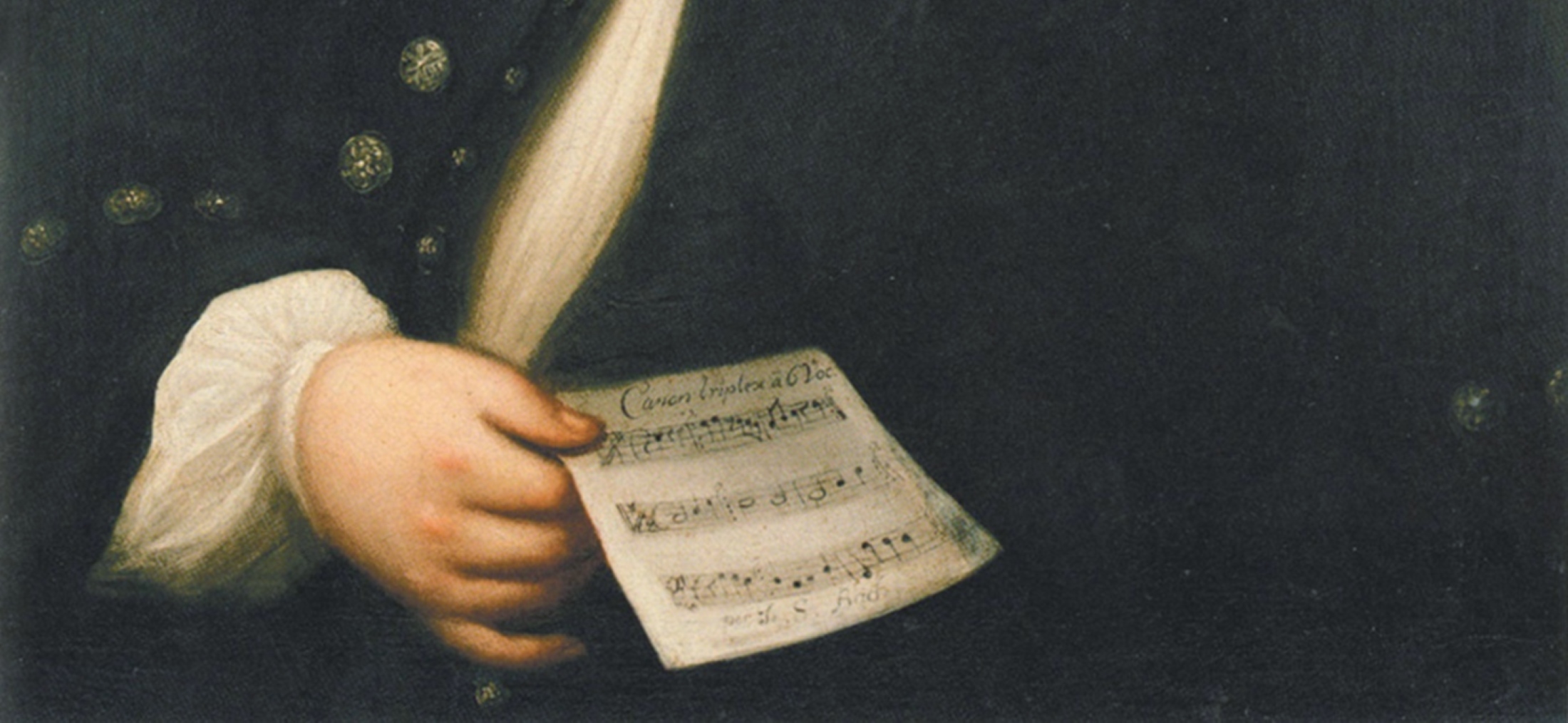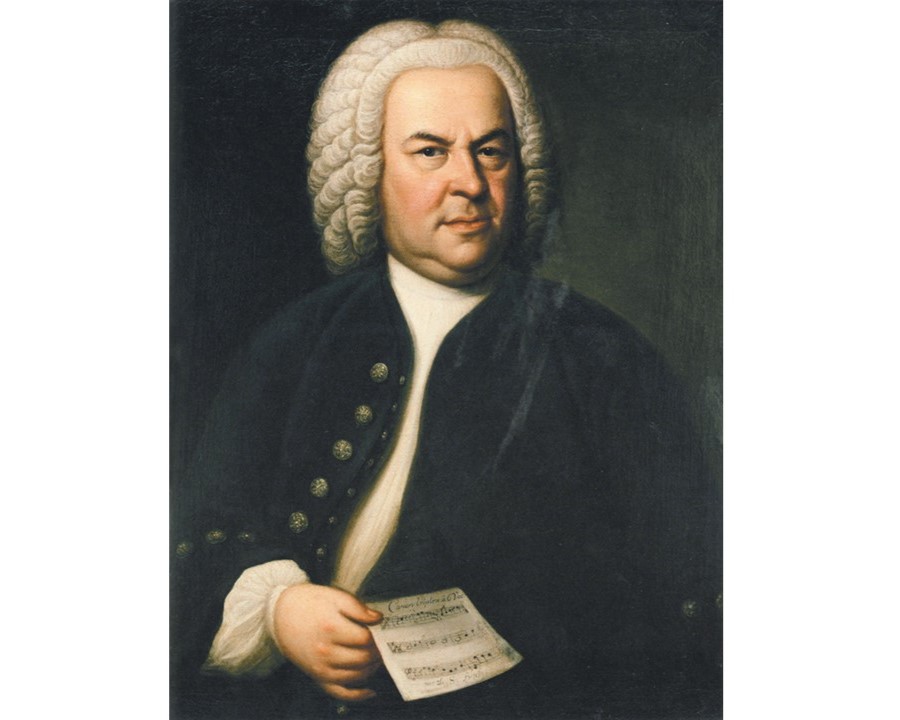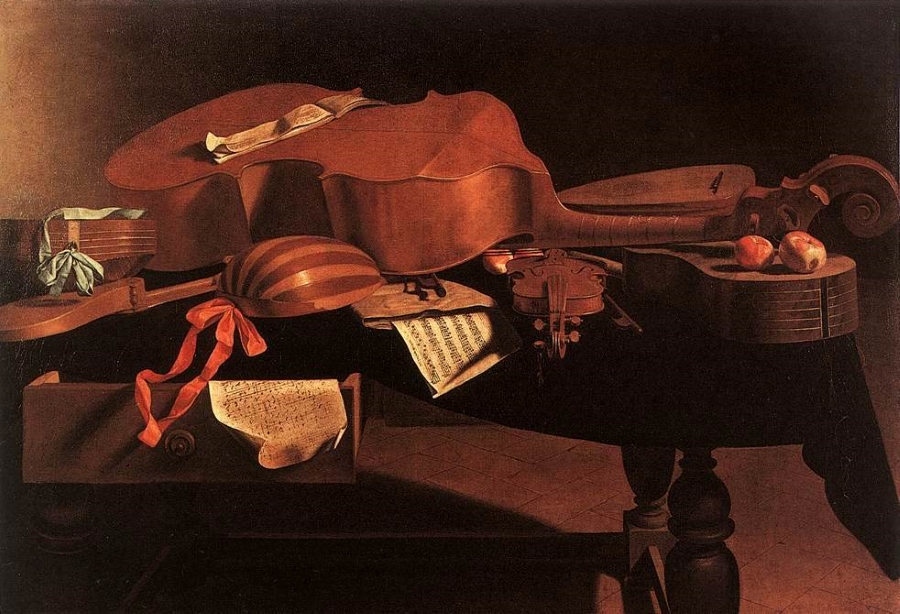
Bach and the Baroque era: The Golden age of German music
Johann Sebastian Bach is celebrated as a pivotal figure in musical history, known for his innovative compositions and emotional depth. Much like Tchaikovsky and Vivaldi, Bach forged a profound musical legacy and inspired generations of musicians.
His beautiful harmonies and awe-inspiring compositions continue to influence and resonate in musicians and compositions that followed. But who was this once in a lifetime composer, what is the style he helmed and how did this one-man shape music history forever? Here we delve into Bach’s story and the golden age of German music.
 Johann Sebastian Bach by Elias Gottlob Haussmann
Johann Sebastian Bach by Elias Gottlob HaussmannThe Baroque era
While the Baroque era may coincide with the golden age of German composition, it had its origins, as much great art often does, in Italy — particularly during the tail end of the Renaissance period when art, culture, and music were at the forefront of Europe. Italian Baroque composers such as Antonio Vivaldi, Claudio Monteverdi and Claudio Corelli took the great Renaissance compositions and began to expand them with grand dynamic compositions, full of virtuosity in solos, harmonies and complex yet moving compositions.
These powerful and grandiose composers and their works travelled far from their native city states towards the West, spreading to Austria, France, England and of course the German states such as Prussia. Bach was so influenced by these wonders he ended up dedicating his life to following these influences but adding his own unique flair to them. His own talent seemingly transferred over to his sons who would be leaders in the movement that came after Baroque, classical, proving this aspiring German composer’s legacy and his genes would help influence music for generations to come.
The characteristics of Baroque music
 Painting by Evaristo Baschenis of Baroque instruments, including a cittern, viola da gamba, violin, and two lutes
Painting by Evaristo Baschenis of Baroque instruments, including a cittern, viola da gamba, violin, and two lutesWhile it’s hard to define Baroque music as one specific genre or type of music since it covers a wide variety of not just instruments but styles and influences, Baroque music generally shares some common characteristics such as ornamentation. These often include complex arpeggios, frequent use of scale patterns, trills and many more to make the pieces feel far more dynamic.
Contrasts in Baroque music were also a distinctive characteristic. You might think of modern bands like Nirvana or Pixies in their more dynamic and contrasting compositions, going from quiet verse to loud chorus or vice versa. But Baroque music was one of the originators of this style of composition as composers often experimented with different tones and contrasting moods and volumes. Quiet sections would build towards gigantic and loud climaxes, solo performances segueing to group performances and shifts in tone and mood.
Layered melodies were another characteristic commonly found in Baroque music. While the music was created with a single melodic line, these would often be added upon, with layers of instrumentation and even other melodies on top to add to the dynamics and complexity of the composition.
The music of Baroque also often had few rests or breaks. They were continuous and interesting, employing the above-mentioned features to constantly evolve the piece and keep the audience hooked until the finale. With its shifting tones, melodies and instrumentation, the pieces very rarely relented in holding the audience’s attention.
All these features and more would be included in some of Bach’s greatest works as well as the works of many other composers of that era. The best example outside of Bach would be Vivaldi’s masterpiece The Four Seasons.
Bach’s biography: A life unlike any other
Bach was born on March 31, 1685, in the quiet town of Eisenach, Thuringia, which was the capital of the Duchy of Saxe-Eisenach, now located in central Germany. His parents were the musician and director Johann Ambrosius Bach and his wife Marie Elisabeth Lämmerhirt. As the youngest of eight children in a musically inclined family, Bach received violin instruction from his father. His exposure to music came not only from his father, who served as the town musician, but also from his uncle, Organist Johann Christoph Bach, and his cousin, the composer and violinist Johann Ludwig Bach. These early experiences had a profound impact on the young Bach. Additionally, his education, which included the study of Latin and the Lutheran faith, would prove to be significant sources of inspiration for his future compositions.
However, tragedy struck the young Bach when in 1694 both his parents suddenly died, leaving a 10-year-old Bach an orphan. He was later raised by his older brother Johanne Christoph Bach, himself a musician, being the Church organist in Ohrdruf. He would also prove to be a vital teacher for the young Bach in his formative years as a budding musician.
 Portrait of a Young Bach by Johann Ernst Rentsch
Portrait of a Young Bach by Johann Ernst RentschBach surprisingly began his musical trajectory as a soprano singer, granting him a place in a Lüneburg school of music. However, with what is presumed to be puberty radically changing his voice he would then switch to playing violin and harpsichord. In 1703, Bach landed his first real paid performance role in the court of Duke Johan Werst in Weimar in which he served primarily as violinist though was known to perform organ if the need arose.
From there on Bach became a professional organist for churches such as the New Church in Arnstadt and St. Blaise in Mühlhausen. It was here that his talent as a great composer was first being shown as instead of what the church expected, which was simple music to go along with the sermons and services, Bach would compose far more complex and intricate pieces that often put him at odds with many of his students and the priests. Whilst this was initially frustrating for the aspirational Bach, his efforts will eventually pay off when in 1708 he was invited to become the organist for the court of Duke Wilhelm Ernst in Weimar. Here he was allowed to fully unleash his creative genius, composing many classics such as Toccata and Fugue in D Minor, Heart and Mouth and Deed and many others.
Later on, he would take a new job with Prince Leopold of Anhalt-Cöthen where he would devote numerous hours to honing his craft, writing concertos, dance suits, sonatas and solo violin pieces and in 1721, Bach would create one of his most defining pieces, Brandenburg Concertos as a tribute to the Duke of Brandenburg.
Unfortunately for Bach, the Prince in which he owed much of his creative freedom for had married and his new wife discouraged the Prince’s love of music. This would lead to him dissolving the orchestra in 1723, leaving Bach now unemployed and looking for work.
Thankfully, owing to Bach’s skills, he managed to successfully audition to become the new organist and music teacher at St Thomas Church in Leipzig where he would continue to divulge his passion for musical composition and remain closer to his faith. Here he would compose works based on the bible such as Passion According to St Matthew and Mass in B minor. One career highlight from his later life was in 1747 when he was invited to perform for Frederick the Great of Prussia in which he made up a piece on the spot, a testament to his amazing talent.
Sadly, by 1740, Bach was beginning to suffer with eyesight loss. This would lead him in 1749 to have a botched surgery which left him permanently blind. A year later in 1750, Bach would die from a stroke at age 65. His last work, The Art of Fugue remained unfinished.
Bach's most celebrated compositions
Several compositions stand out as his greatest and most influential creations. His Brandenburg Concertos, composed in 1721, are a set of six concertos that reflect Bach's exceptional skill in creating complex melodies by combining various instruments and voices. The Goldberg Variations, meanwhile, were written for the harpsichord, and are a set of 30 variations on a simple bass line. They exemplify Bach's virtuosity as a keyboard composer and St. Matthew Passion is a profound oratorio that powerfully narrates the biblical story of the Passion of Christ.
Bach's influence and contributions were instrumental in shaping the course of music history.
As an Art de Vivre subscriber, why not also delve into the world of classical music through Vivaldi's Four Seasons at Vienna's Karlskirche.
Photo Credits: © Wikipedia
